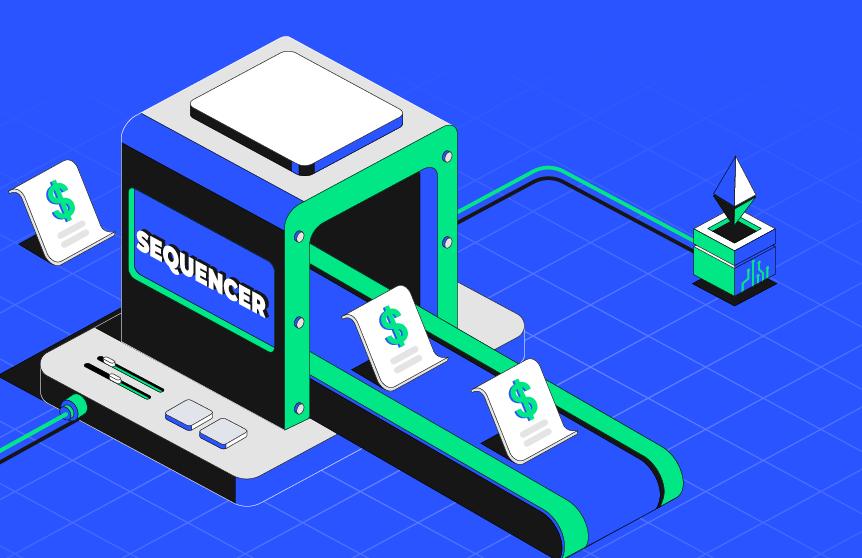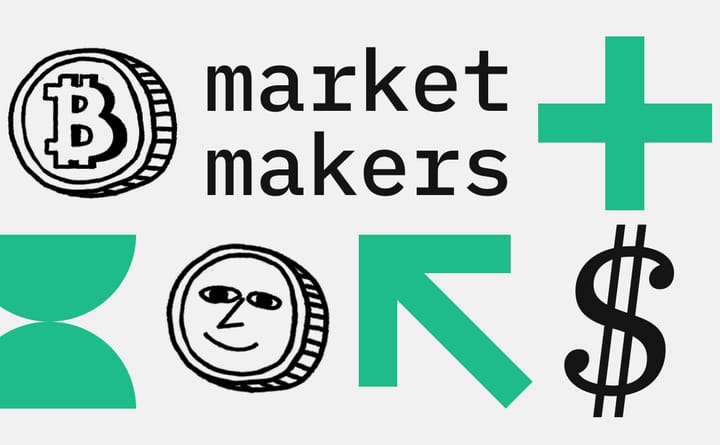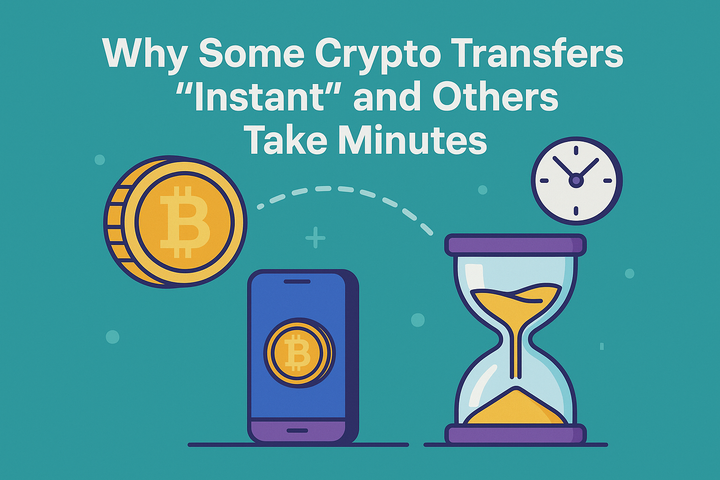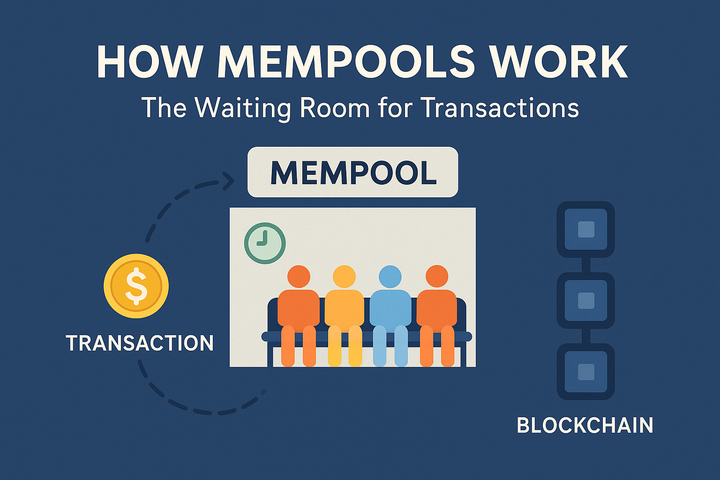Shared Sequencers: The Heart of the New Web3

In 2025, modular blockchains, AppChains, and rollup networks are showing record activity. But one element is increasingly coming to the forefront — the sequencer. Or more precisely, the shared sequencer.
It is not just a “node for packing transactions.” It is the central point of power, UX, and MEV. Whoever controls the sequencer controls the market.
What is a sequencer?
A sequencer is a mechanism that determines the order of transactions in a blockchain. In rollup networks, it is the one that collects, organizes, and sends data to the Data Availability layer (for example, Celestia or Ethereum).
In traditional L1, the order is formed by validators. In L2, it is most often formed by a centralized sequencer node managed by the project team.

Problem: Centralized Sequencer
Most rollups today use a single sequencer, and this creates risks:
• Centralization: the project can stop the network or extract the maximum MEV.
• Outage: if the sequencer crashes, the rollup stops.
• Censorship: the sequencer can reject unwanted transactions.
• UX problems: no consistency between rollups = cross-chain chaos.
What is a Shared Sequencer?
A Shared Sequencer is a decentralized network of nodes that can sequence transactions for multiple rollup networks at once.
They act as a common “heart” for different AppChains, providing:
1. Fast finality
2. Deterministic ordering
3. Consistent cross-chain UX
4. Fault tolerance

Why is this important?
🧠 1. Unified UX
One order — one reality. Less “double spend”, more predictability. Especially important for DeFi and trading.
🚀 2. More reliability
If the sequencer breaks in one network — the shared layer still functions. Uptime tends to 100%.
🧩 3. Eliminating MEV chaos
Shared order = less cross-chain arbitrage and frontrun. New fairness-based MEV distribution models.
🌐 4. Scalability
You can connect new rollup networks as clients. Shared sequencer becomes like middleware between the DA layer and AppChains.

Top Shared Sequencer Projects (2025 Overview)
|
Project |
Consensus Model |
Unique Feature |
Status (2025) |
Target Users |
|
Espresso |
HotStuff
+ PoS |
MEV-aware
ordering with low latency |
Testnet
/ Early Mainnet |
DeFi,
high-frequency trading |
|
Astria |
DA-integrated
PoS |
Built-in
DA + sequencing combo |
Active
Testnet |
AppChains
using Celestia |
|
Radius |
zk-rollup
based |
zkMEV
with privacy preserving sequencing |
Development
Phase |
Privacy-focused
rollups |
|
Fairblock |
Threshold
Encryption |
Encrypted
mempool, anti-front-running |
Early
Prototype |
High-value
tx, compliance use cases |
|
AltLayer
MACH |
Optimistic
Lanes |
Parallel
fast lanes with dispute windows |
Integrated
with L2s |
Gaming,
real-time apps |
Example scenario in 2025
You are a Web3 game developer. You deploy AppChain using Fluent. Instead of writing your own sequencer, you just connect to Espresso. Your players get:
• instant-finality;
• the same order of actions, even if there are cross-chain tokens;
• minimal fees and fault tolerance.
And all this - without setting up your own infrastructure.

What's the catch?
1. Shared sequencer is still a young model.
2. Revenue distribution mechanisms (MEV, fees) are in development.
3. Coordination between dozens of rollups requires a new standard.
But the bet has been made. And large L2s are already integrating Shared Sequencers as part of their strategy.
Shared Sequencers vs Centralized Sequencers
|
Criteria |
Shared Sequencers |
Centralized Sequencers |
|
Decentralization |
Multiple
nodes, resilient to outages |
Single
point of failure |
|
Censorship
Risk |
Reduced
— no single operator control |
High —
operator can censor transactions |
|
Latency |
Slightly
higher (multi-node consensus) |
Lower
(immediate inclusion) |
|
Finality |
Fast
(sub-second in optimized systems) |
Fast,
but trust-dependent |
|
Cross-Rollup
Sync |
Consistent
ordering across rollups |
Fragmented
UX, unsynced chains |
|
MEV
Management |
Fair
sequencing & redistribution models |
Operator
can extract full MEV |
|
Composability |
Easier
horizontal scaling across rollups |
Limited
to individual L2 |
Conclusion
If AppChain is your home, then Shared Sequencer is the road through which guests, tokens, data and liquidity come to it.
There will be many chains in the Web3 of the future.
But only a few will provide order in this chaos.
Those who build the right shared sequencer networks will become the central layers of the new crypto economy.



Comments ()